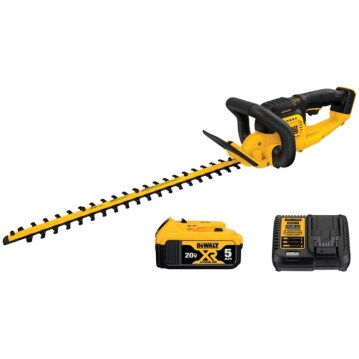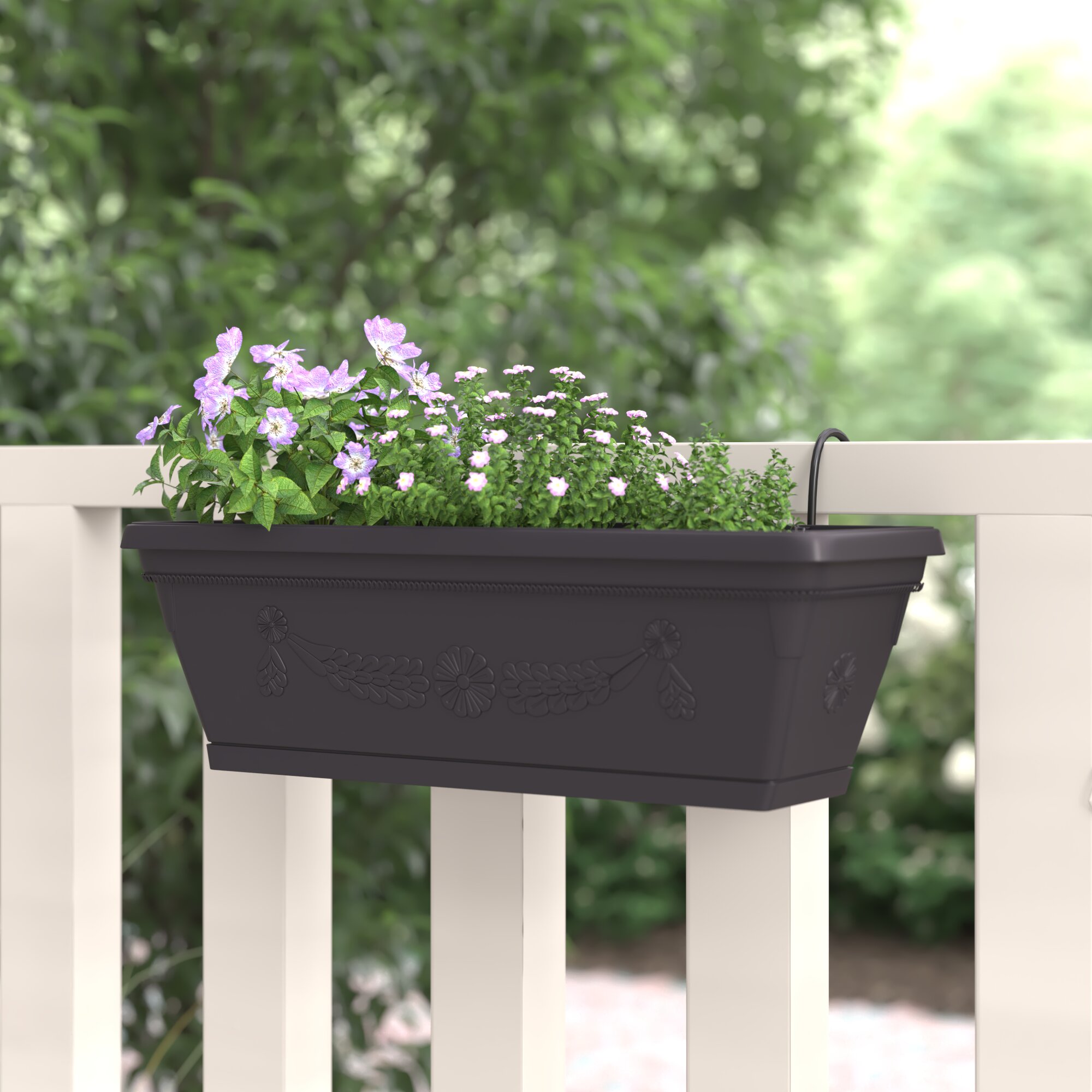
Frequent overwatering is one of the few stressors Gerbera daisies can’t resolve on its own. Simply, you can help your plant by cutting back watering and allowing it dry. Although this may help in the short term, there can also be other issues that may have set in, usually caused by container planting. In this article, we explore the signs and symptoms of overwatering and how to help your plant recover.
Gerbera daisies (Gerbera spp.) are popular flowering plants in the Asteraceae family – also known as the daisy or sunflower family. Almost all members of this family are extremely resilient to unfavorable environmental conditions and many of them (like dandelions) are invasive, growing in almost any type of soil. Gerbera daisies are no exception – they are very easy to care for and can adapt to most conditions.
Symptoms of Overwatering in Gerbera Daisies
The main symptoms of overwatering in Gerbera daisies are deformed leaves, poor growth, yellowing or visible rotting at the base of the stem. Sometimes, paradoxical wilting occurs shortly after each watering, but disappears in a few hours.
Browse our Affiliate Products
Let’s take a closer look at the timeline of different symptoms of overwatering as the problem develops and slowly worsens:
Leaf deformation and poor growth
This is usually the first symptom of chronic overwatering. You may notice your daisies are not growing as quickly as you’d expect and the new leaves look unhealthy – too thin, deformed and transparent.
Discoloration
This is usually the second symptom, but it can also develop simultaneously, in conjunction with deformed, slow growth. Overwatering causes various imbalances in the root system, alters the pH and increases ammonium concentrations. Because of this, various deficiencies or nutrient lockouts can occur – some of them cause discoloration of the lower, older leaves (nitrogen), while other affect the newer growth first (iron). At this point, the plant can still quickly recover if proper watering is resumed and the soil is left to dry up a little.
Root rot
If the overwatering continues and the soil isn’t given a short drought period before each watering, root rot can eventually start to develop. This is true for most plant and although Gerbera daisies are not the most prone to this phenomenon, it’s still a very real risk.
A very well-draining soil and proper pot drainage can make Gerbera daisies very resistant to root rot, but more compacted, clay-heavy soils will definitely exacerbate the problem and speed up the appearance of rotting problems.
Root rot is invisible at first, but as it progresses, the plant exhibits more and more of the already mentioned symptoms – discoloration, deformed growth and wilting. Once root rot has set in, Gerbera plants can still recover if you immediately start providing a drought period in-between waterings, but it’s best to repot them and clean up the root system, removing black, rotted root hairs.
Crown rot
This is the most severe (but easily preventable) manifestation of overwatering symptoms and it often spells death for a high percentage of the affected plants. This problem usually develops around flowering time and starts because of very frequent watering, which keeps even the surface of the soil constantly wet.
Interestingly, high temperatures above 77F (25C) reduce the incidence of crown rot and inhibit many of the fungal species that cause it (Phytophthora for example). This may explain why this problem is most prevalent during spring and autumn.
Wilting

Wilting can be a late-stage symptom of severe root or crown rot, but it can also just be a first warning sign. There are two types of wilting caused by overwatering, each one developing through separate mechanisms :
- root rot killing a large portion of the roots, which causes a steadily worsening wilt and
- severely waterlogged soil depriving the roots of oxygen, causing a temporary inability to transport water. The wilting caused by root rot can be very difficult to cure, while the temporary wilt caused by a waterlogged soil usually resolves on its own in a matter of hours.
Can Overwatered Gerbera Daisies Be Saved?
As long as the plants aren’t completely wilted and their stem bases haven’t rotted away, they can be saved. Saving waterlogged Gerbera daisies involves reducing the amount of water loss through the leaves, letting the soil dry up a little and giving the plants moderate light. If rotting has set in, repotting is recommended.
Common sense may tell you that the best way to save an overwatered plant is to provide it with less humidity. This is true for the root system, but not for the aerial parts of the plant – if overwatering has resulted in root damage or stem rot, the plant will have difficulty transporting water to its leaves and stems and exposing those to hot, dry air will quickly kill it.
Instead, we reduce the amount of water supplied to the roots, while using a humidity dome to limit water evaporation through the leaves. You can use any transparent sheet material as a temporary humidity dome.
Instead of a humidity dome, frequent misting can be used to achieve the same effect. Let’s quickly go over the process of saving an overwatered Gerbera daisy plant that is exhibiting symptoms:
(Also, for more information on misting, click here to read our article. Misting Plants – Pros, Cons, and How Does It Work?)
- Determine how severe the problem is and if there is wilting – If the plant only exhibits slight yellowing of the leaves and poor new growth, simply reducing the watering frequency is all that’s needed – it will recover on its own. If there is any wilting, a humidity dome or misting is necessary while the plant recovers (which usually takes around a week).
- Repot if necessary – Repotting is necessary if root rot has set in. This can be difficult to determine accurately – if the symptoms are persistent and don’t disappear after a soil drought period is given, it’s safe to assume that there is root rot present. While repotting, clean up the roots from black, rotted fibers.
- Give the plant proper conditions for recovery – After the repotting procedure, the plant will be prone to wilting, so mist regularly or use a humidity dome. The recovery process should take around a week. Give the plant strong, but indirect sunlight. This is especially important for young, small Gerbera daisy plants, which don’t have a lot of nutrient stores. Placed in the dark, they will only deteriorate further. Too much direct sunlight and high temperatures will also worsen the problem.
- Gradually acclimate the recovered plant to the outdoors and the full sun – You can start with partial shade and start exposing the plants to the full sun in about 5 to 7 days. A shade cloth works best to accurately control the amount of sunlight.
For more information about pots, check out this article. What is the perfect pot for my plants?
How to Water Gerbera Daisies Correctly
Gerbera daisies need to be watered around once a week, as soon as the top layer of the soils starts to dry up a bit. High quality, well-draining soil can make daisies very resistant to all of the overwatering issues we already explained.
For compacted soils, use less water and always gauge the surface humidity before watering.
Conclusion
Gerbera daisies are moderately prone to exhibiting symptoms due to chronic overwatering. A high-quality, well-draining soil can greatly increase their resistance to those problems. To help an overwatered Gerbera daisy plant recover, simply reduce the watering frequency. If root rot has set in, repotting is necessary and misting or a humidity dome is required during the recovery period.













